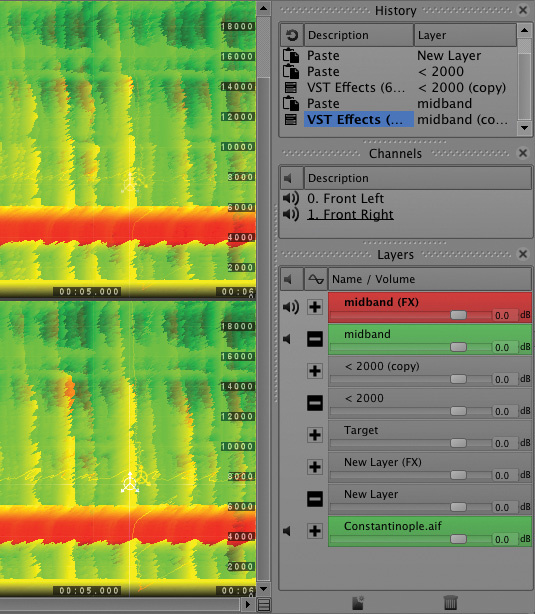

The Ratio controls are a bit confusing: a high Ratio for Molding has the least profound effect, while a high Ratio for Casting has the most. With rhythmic audio this sounds a bit like a gate, while for 'solid' sounds (pads and suchlike), it's more like a frequency limiter - in both cases, the process is controlled dynamically, following the global mix.īoth processes involve a Ratio control for depth of effect, and Margin settings for frequency and time - effectively range controls for defining the edges of the processed section, with higher settings resulting in softer transitions and lower settings creating harder ones.

Sticking with the visual analogy, it's the equivalent of a cookie cutter. It's a bit like applying a footprint to your selected layer, shaped by the frequency and amplitude of the global mix - a frequency- specific dynamics control, essentially.Ĭoming from the other direction, Spectral Molding uses the global mix as a template for a 'mold' that is then applied to the target layer. Spectral Casting relates the global mix (ie, all active layers) to a single specified layer, reading the peaks in the former and using them to duck the level of the corresponding spectral range in the latter. Without doubt the most interesting new feature in SpectraLayers 2 is Spectral Casting and Molding - while these two processes are related, they don't have to be used together. "The most interesting new feature in SpectraLayers 2 is Spectral Casting and Molding" Also new in the Process menu is the Channel Mixing function, which allows you to rebalance left and right channels. Given that noise removal is an important aspect of SpectraLayers, improvement of this is welcome, with the new Extract Noise option in the Process menu allowing a noise frequency profile to be quickly defined and extracted for the whole file. It works really well, though, enabling detailed editing of single layers in SFP 11 without having to manually export/import anything between the two applications - a single click is all that's required to send a file from one to the other. The instant two-way file exchange currently only works with Sound Forge Pro 11 on PC, but we understand that Sound Forge Pro Mac could be included at a later date. Most of these additions are self-explanatory, and we particularly welcome musician-friendly frequency scaling options such as Logarithmic and Bark.


 0 kommentar(er)
0 kommentar(er)
